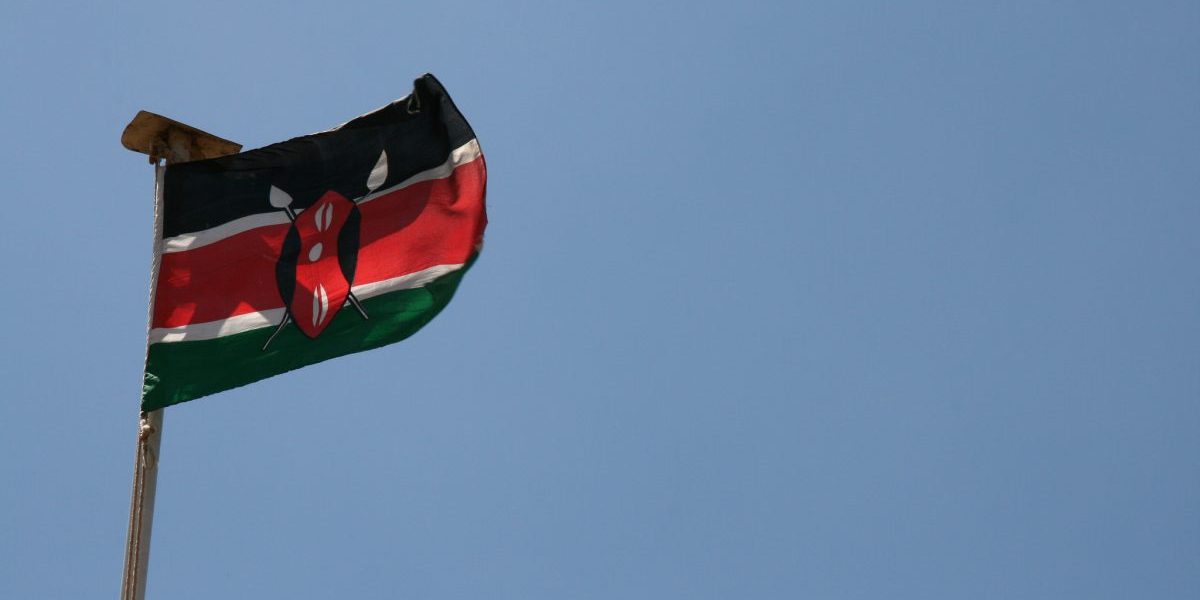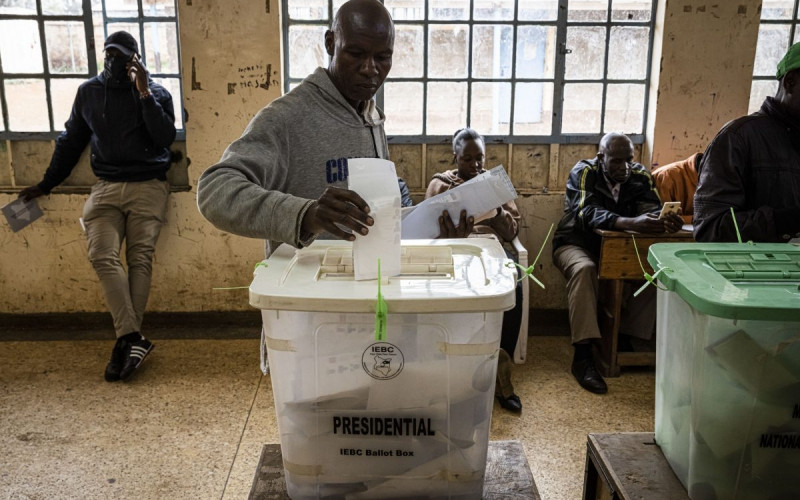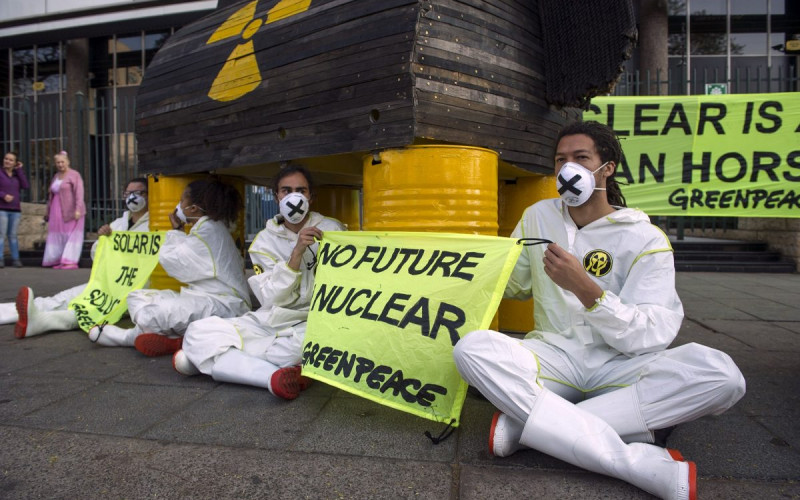In 2006 the country became the third African state to be peer reviewed and thus one of the APRM pioneers. But neither government nor civil society championed the implementation of the National Programme of Action (NPoA). Progress reports were prepared but reviews delayed at the continental level. Monitoring and evaluation were not institutionalised, and the NPoA was not harmonised with Kenya’s new development blueprint, ‘Vision 2030’. The APRM was already losing momentum in Kenya when the disputed presidential elections in December 2007 led to unprecedented violence and internal displacement of Kenyans. The analysis in the Country Review Report guided the peace mission of African Union mediator Kofi Annan, but did not bring the APRM itself back to national attention. The implementation of a new constitution and a planned Second Country Review could provide an opportunity for the APRM to anchor itself in Kenya.
Pre-requisites for re-energising the African Peer Review process are improvements at the continental level with a re-invigorated African Peer Review Forum, panel and secretariat and a Second Country Review of Kenya that actually takes place. What would be helpful are stronger continental guidelines on how to implement NPoAs and institutionalise civil society-led monitoring and evaluation and more learning between actors and stakeholders in APRM member countries. Finally, realising that a push for good governance is more likely to come from civil society, it would be important to link support for civil society to APRM activities.







